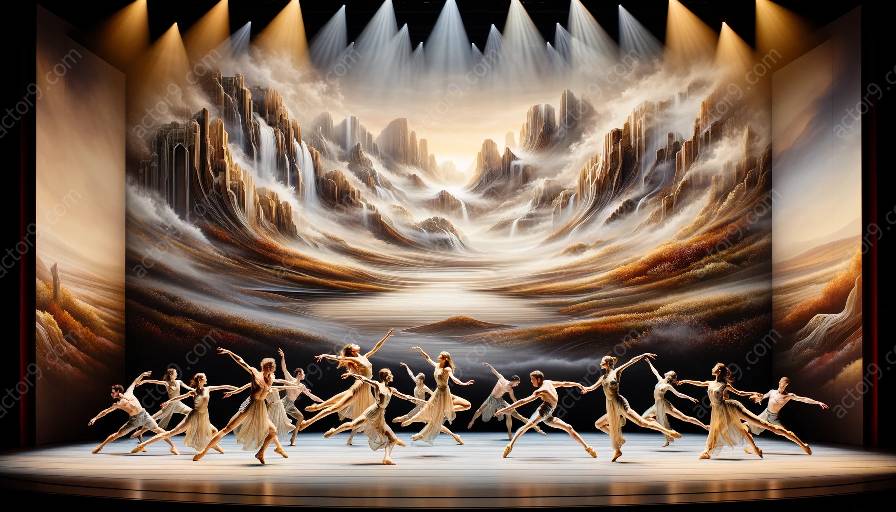Physical theatre choreography has evolved over time under the influence of various historical developments, spanning from ancient civilizations to modern artistic movements. This comprehensive exploration delves into the impact of historical events, cultures, and artistic styles on the development of physical theatre, providing a deeper understanding of how choreography has been shaped by historical forces.
Ancient Civilizations and Ritual Performances
The roots of physical theatre choreography can be traced back to ancient civilizations such as Greece, Rome, and Egypt. The rituals, ceremonies, and performances in these cultures laid the foundation for the physical expression and movement that later evolved into formal choreography. The use of gestures, body language, and stylized movements in religious and cultural festivities contributed to the early development of physical theatre.
Medieval Theatre and Religious Influences
During the Middle Ages, religious plays and pageants became prevalent across Europe, incorporating physical gestures and movements to convey stories from the Bible. These performances often involved symbolic and exaggerated movements, contributing to the emergence of physicality as an integral part of theatrical expression. The influence of religious themes and moral storytelling on physical theatre choreography during this period is significant.
Renaissance and Theatrical Innovations
The Renaissance period brought about a revival of interest in classical drama and the exploration of human expression through the body. The rediscovery of ancient Greek and Roman texts on theatre and performance led to the development of more structured and elaborate choreography in theatrical productions. Innovations in set design, perspective, and movement coordination influenced physical theatre choreography, shaping the visual and kinetic aspects of performances.
Modern and Contemporary Dance Movements
As the performing arts continued to evolve, the influence of modern and contemporary dance movements on physical theatre choreography became significant. Pioneers of modern dance such as Isadora Duncan, Martha Graham, and Rudolf Laban introduced new principles of movement and expression that challenged traditional forms of choreography. Their innovative approaches to body movement and spatial dynamics left a lasting impact on the development of physical theatre choreography.
Experimental and Avant-Garde Influences
The 20th century witnessed the rise of experimental and avant-garde theatre movements, which pushed the boundaries of physical expression and movement in theatrical performances. Artists and choreographers such as Bertolt Brecht, Antonin Artaud, and Jerzy Grotowski experimented with unconventional forms of physicality, incorporating elements of ritual, symbolism, and non-verbal communication into their work. These radical approaches to physical theatre choreography challenged traditional norms, opening new possibilities for expressive movement in performance.
Global Cultural Exchange and Fusion
With increased global interconnectedness and cultural exchange, physical theatre choreography has been influenced by a fusion of traditional, folk, and contemporary movement styles from around the world. This cross-pollination of physical expressions has enriched the diversity and dynamism of choreographic practices, incorporating elements from diverse cultures and traditions into the repertoire of physical theatre.
Conclusion
Throughout history, physical theatre choreography has been shaped and transformed by a rich tapestry of historical influences, encompassing ancient rituals, religious traditions, artistic revivals, modern dance movements, experimental innovations, and global cultural exchanges. Understanding these historical developments provides valuable insights into the evolution of physical theatre choreography and its continual adaptation to the changing cultural, social, and artistic landscapes.




































